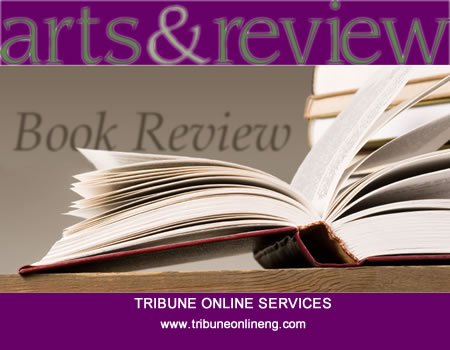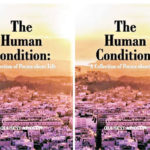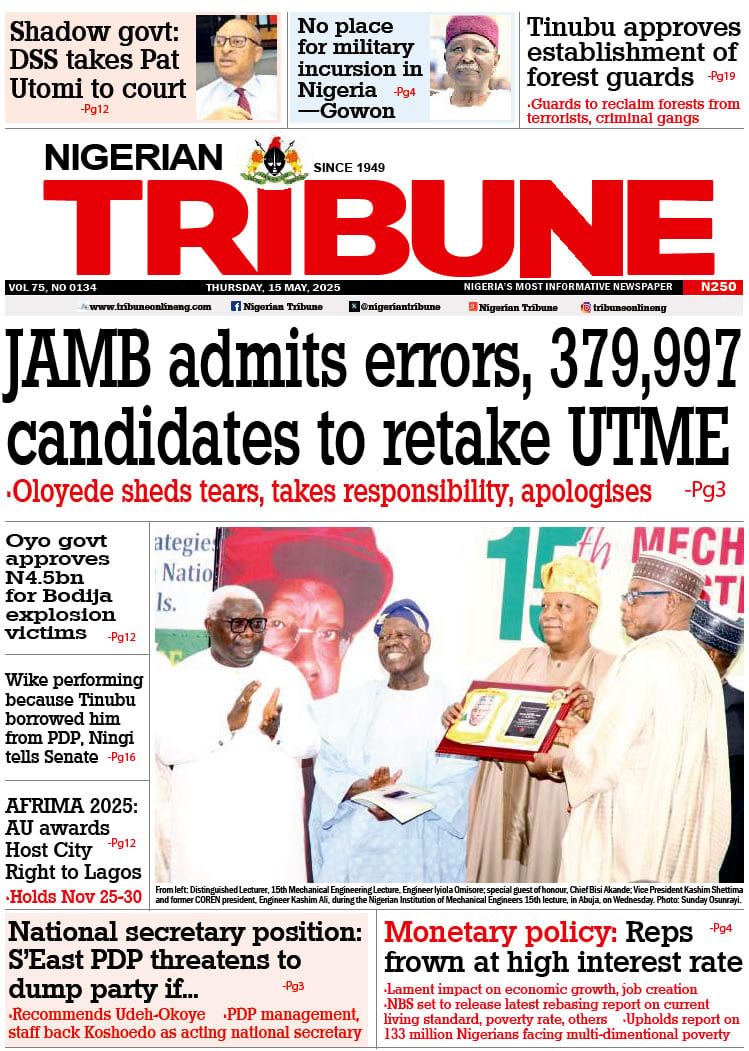A museum can be defined as a non-profit permanent institution in the service of the society and its development, open to the the public which acquire, conserve, research, communicate and exhibit tangible and intangible heritage of humanity and its environment for the purpose of education, study and enjoyment.
This definition clearly states that the functions of the museum include, acquisition of objects/collection of objects, conservation of objects, carrying out research on objects, exhibition of objects to the public and documentation of objects.
In acquisition/collection, before objects are acquired, some questions need to be answered; are the objects to be collected consistent with the collecting goals of the museum? Will they be utilised in forseeable future? The collecting guidelines should state how and when each method of acquisition could be used.
There are different types of collection, which include ceremonial collections, agricultural implement collections, shelter and comfort collections, aesthetic collections, warfare and security collections, transport and communication collections and natural history collection.
These items could, therefore, be acquired through field collection, purchasing, gifts and donations, loan, transfer, exchange, seizure, return or restitution and accidental findings.
In conservation of objects, which is another function of museum, this can be described as the process that leads to the prolongation of life of cultural properties for its utilisation now and in future. It can also be referred to as technology by which preservation is being achieved through the application of scientific method to the examination and protection of work of art.
Exhibition of object is one of the foremost functions of the museum to the public. It involves producing of the collection in an educative and entertaining way to the public. Therefore, exhibition is usually aimed at communicating idea, fact or concept by visual means to the public.
In the area of documentation, objects are documented in order to keep their proper record in a systematic manner for easy retrieval. This is another important function of the museum, while education/communication of object is to educate the public on the vital functions of museum in the 21st century.
In essence, the importance of a museum cannot be overemphasised as it helps us to keep our history alive for the present and future generation.
- Bamgbade is Chief Museum Education Officer, National Museum, Oyo
Oyo State.






